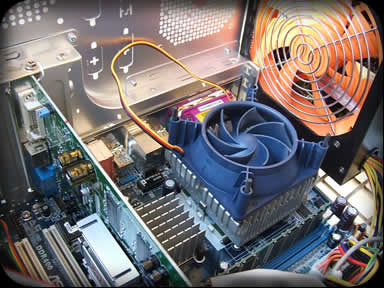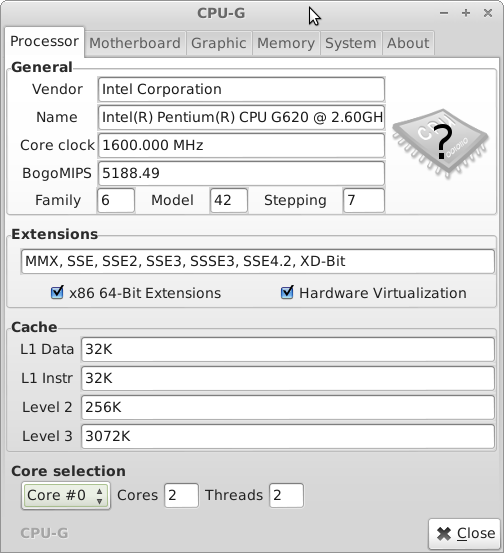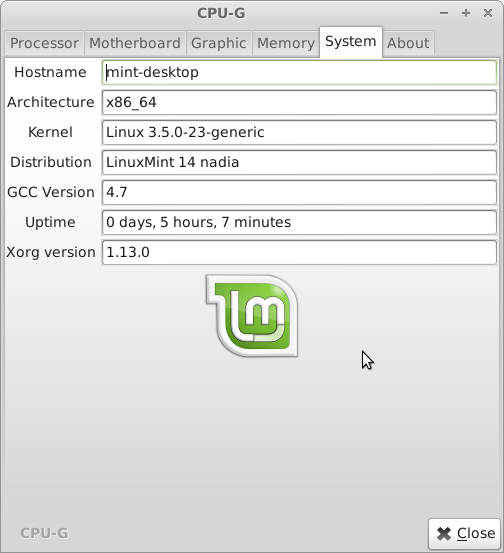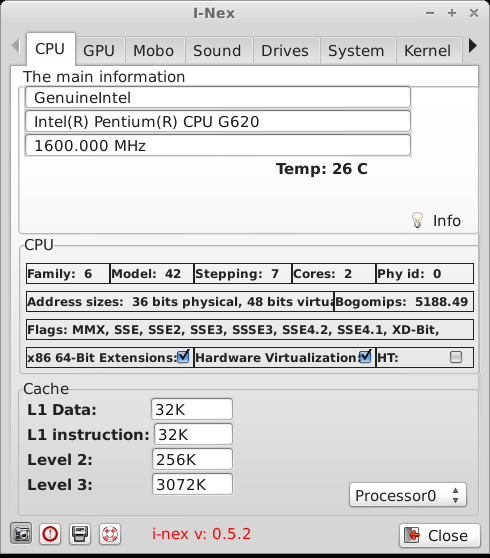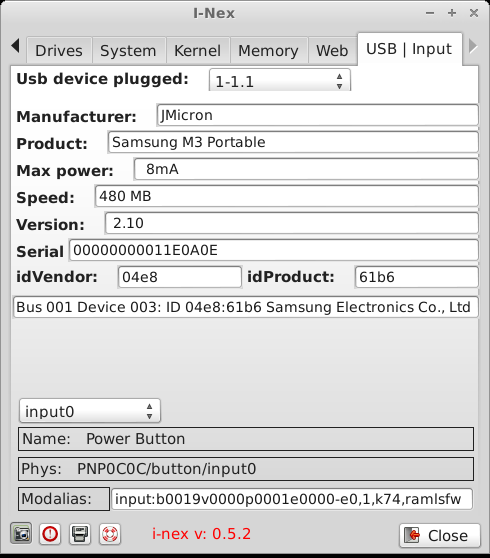Article based on an Italian article published on http://ilblog.openresource.it .
CPU-Z is a freeware system profiler (system monitor) application for Microsoft Windows (for all versions from Windows XP on) that detects the central processing unit, RAM, motherboard chipset, and other hardware features of a modern personal computer, and presents the information in one window.
But don’t worry in Linux there are many alternative, and in the past I’ve presented 3 command line commands that you can use to get information on your Linux box: lsusb, lspci and lshw and a graphical alternative hardinfo.
Today I’m glad to present you 2 more graphical tools specific to gather information about the CPU: CPU-G and I-Nex
CPU-G
CPU-G is an application that shows useful information about your hardware. It collects and displays information about your CPU, RAM, Motherboard, some general information about your system and more. It’s wrote in python and if to use it you can simply download it from launchpad and run it as python progam, or if you use Ubuntu or Mint you can add the PPA and install it with the following commands:
sudo add-apt-repository ppa:cpug-devs/ppa sudo apt-get update sudo apt-get install cpu-g |
Once installed you can run it from system -> CPU G from the applications menu, or you can simply write cpu-g.py on a terminal.
The program has 6 simply tabs that provide information on Processor, Motherboard, Graphic, Memory, System and the last Tab gives some information about the program itself.
I-NEX
is an application that gathers information for hardware components available on your system and displays it using an user interface similar to the popular Windows tool CPU-Z.
I-Nex can display information for the following components: CPU, GPU, Motherboard, Sound, Hard disks, RAM, Network and USB as well as some system info like the hostname, Linux distribution and version, Xorg, GCC, GLX versions and Linux Kernel info.
Installation
It’s possible to download the I-Nex source from Launchpad, for Ubuntu and derivate you can add the Gambas3 PPA along with the I-Nex PPA to be able to install I-Nex easily. To add both PPAs and install I-Nex use the following commands:
sudo add-apt-repository ppa:nemh/gambas3 sudo add-apt-repository ppa:i-nex-development-team/stable sudo apt-get update sudo apt-get install i-nex |
Now you can run it from a terminal with the command i-nex.gambas or you’ll find it in the Menù under system -> I-Nex, this tool offer much more information respect to CPU-G such as the drives and information on your USB devices.
Conclusions
Among these 2 tools CPU-G it’s simpler and with a graphical interface that I like more, while I-nex offers much more information on your system, but I think that I’ll stay with hardinfo that it’s shipped by default on my Mint and has all these information (and something more).
Popular Posts:
- None Found
